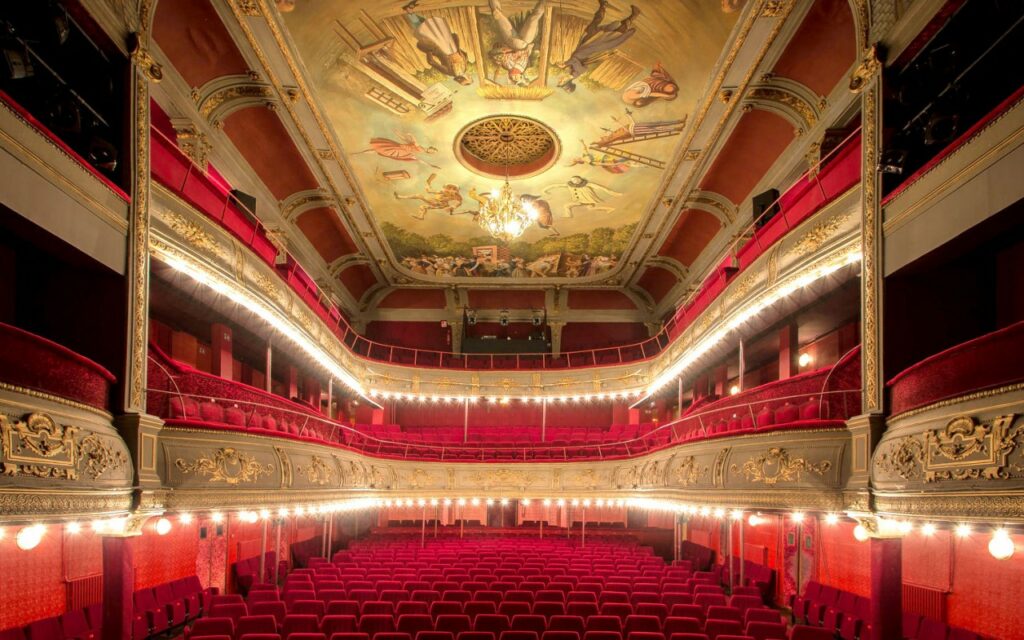Le Déjazet...history of a Theatre!

How can you sum up the history of the Théâtre Déjazet without mentioning "Le Boulevard du Crime"? Without mentioning the actress Virginie Déjazet who gave her name to this theatre? Without mentioning "Vie Parisienne" in the 19th century! Not to mention life - because theatre is life... and vice versa?
The Théâtre Déjazet, the former Jeu de Paume built in 1770 by the Comte d'Artois (the future Charles X), was thus created, while preserving the old "Carré du Jeu" so dear to Louis XVI's brother. The Boulevard du Temple, also known at the time as "Le Boulevard du Crime", was a meeting place for high society, who thronged to the promenade every evening, a place of pleasure, laughter, amusement and astonishment. A perpetual fair, as they used to sing.
Nearly 10,000 people flock to this boulevard every evening, where no fewer than twenty theatres, barracks and trestles, present "Spectacles", "Pantomimes", "Acrobats", "Marionnettes", and even physics cabinets and curiosities, learned dogs and monkeys, jesters, jugglers and charlatans. "Acrobats", "Puppets", and even cabinets of physics and curiosities, learned dogs and monkeys, bonimenteurs, bateleurs, charlatans. The name "Boulevard du Crime" not only derives from the attempt perpetrated by Fieschi against King Louis-Philippe, which caused the death of General Mortier and 30 other soldiers.
EspeciallyIn 1823, a proposal was made to rename the boulevard du Temple the "Boulevard du Crime" because of the large number of fictitious crimes depicted in the melodramas of the street's theatres. A humorous census published in the Almanach des spectacles counted over 151,702 fictitious crimes, such as murder, poisoning and seduction, committed by the characters in these plays. These bloody, dramatic performances made the boulevard famous, turning it into a popular attraction.
